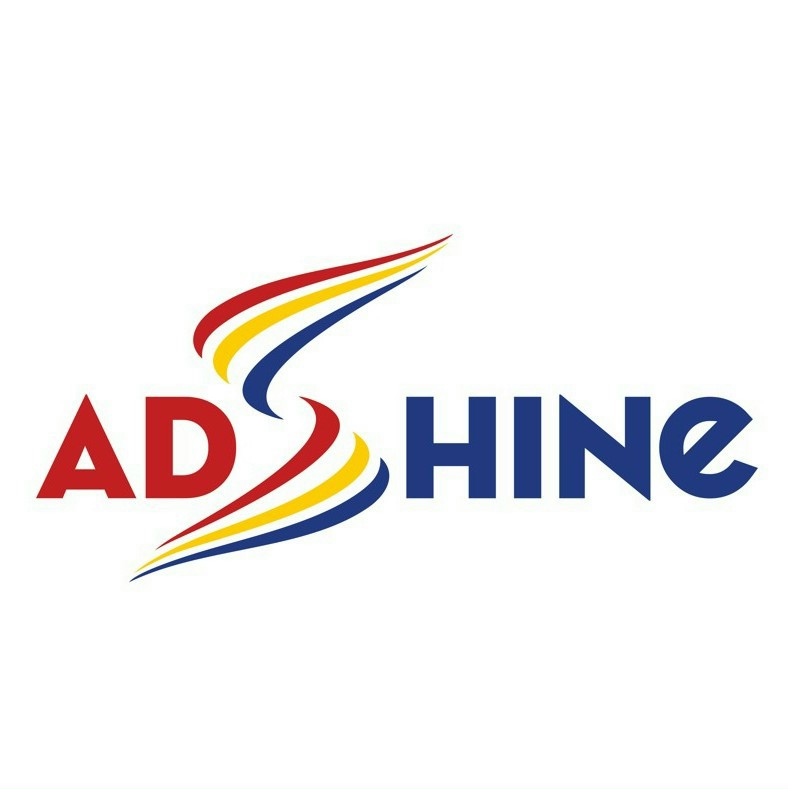Meta Expands AI Ad Controls, Offering Greater Customization Options
 Adshine.pro06/05/202515 views
Adshine.pro06/05/202515 viewsMeta has announced an expansion of its AI-powered ad control options, giving advertisers more flexibility to define specific campaign goals within its automated systems. These updates are part of Meta’s broader vision to enable fully automated ad campaigns—where all a marketer needs to do is provide a product URL, and Meta’s AI will handle everything from creative development to audience targeting and campaign deployment, all within a set budget.
These new features represent another step toward that goal.
To start, Meta is introducing enhanced Value Optimization parameters, allowing advertisers to more precisely align campaigns with desired outcomes based on business value.
Here’s what’s being added:
ROAS Optimization: Advertisers can now optimize campaigns for Return on Ad Spend (ROAS), targeting higher-value conversions rather than broader reach.
Profit Margin Targeting: By sharing product-level profit data via the Conversions API, advertisers can enable Meta’s AI to focus on high-margin products, maximizing profitability through smarter targeting.
Non-Purchase ROAS Events: Meta will now allow optimization for return on specific non-purchase actions—like acquiring new customers or driving subscription sign-ups—giving advertisers more nuanced performance metrics.
Essentially, these features introduce a more flexible and business-aware approach to ad optimization, allowing for deeper targeting based on actual revenue drivers, rather than just surface-level conversion events.
In addition, Meta is expanding support for incremental and multi-touch attribution. This allows advertisers to share more detailed attribution insights—like whether a specific click resulted in a conversion—through integrations with analytics partners like Adobe Advertising, Northbeam, Rockerbox, and Triple Whale.
With this data, Meta will begin testing a new Custom Attribution feature, which lets advertisers feed third-party measurement data into Meta’s optimization engine. This enables Meta’s systems to adapt based on how advertisers define success in their external analytics platforms.
Lastly, Meta is widening access to its Value Rules feature. This allows advertisers to assign greater value to specific customer segments within Ads Manager.
For example, if a brand knows a certain age group tends to have higher lifetime value, they can set rules to automatically bid more aggressively for users in that segment. This kind of contextual input helps Meta’s systems better understand which audience interactions deliver the most long-term value.
In short, these tools represent a shift toward hybrid automation, where advertisers provide business-specific insights and Meta’s AI takes care of execution and optimization. While the end goal is full automation, Meta still needs strategic human input to guide its AI in the right direction—particularly when it comes to nuanced variables that aren’t immediately visible in raw campaign data.
Over time, AI may be able to extract this kind of insight directly from your CRM or sales platform, and Meta is likely developing such capabilities. But for now, human intervention remains essential to ensure campaigns are targeting the right goals and delivering real business outcomes.
In many ways, the future of advertising may lie in how well marketers can guide these AI tools—not by building the ads themselves, but by teaching the system what really matters to the business.
📢 If you're interested in Facebook-related solutions, don't hesitate to connect with us!
🔹 https://linktr.ee/Adshinepro
💬 We're always ready to assist you!
